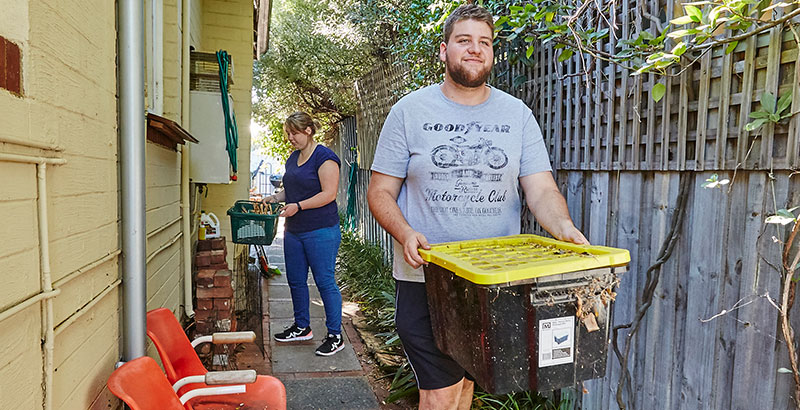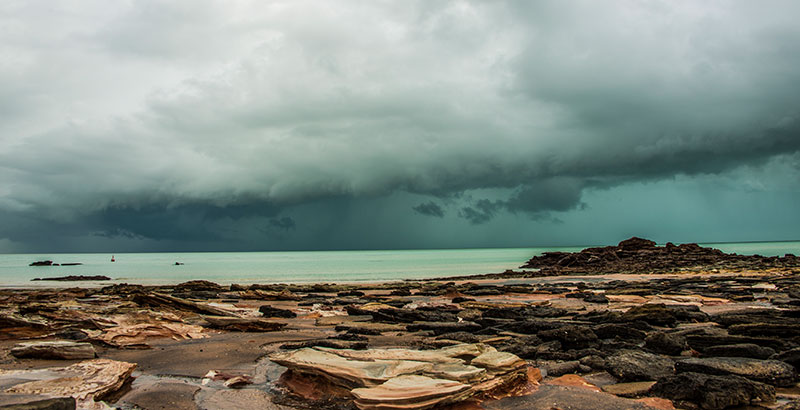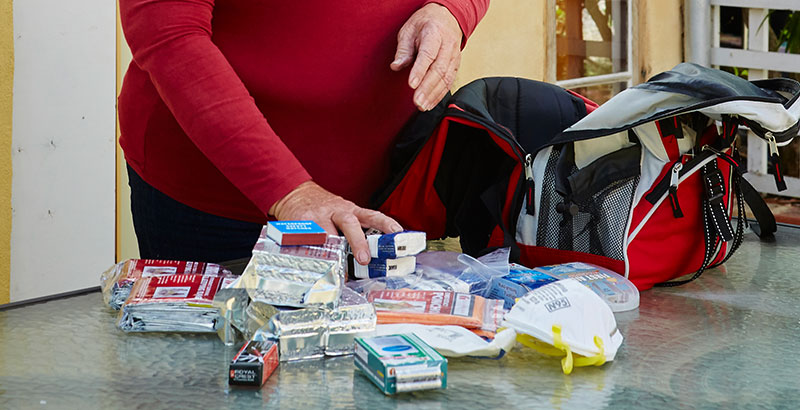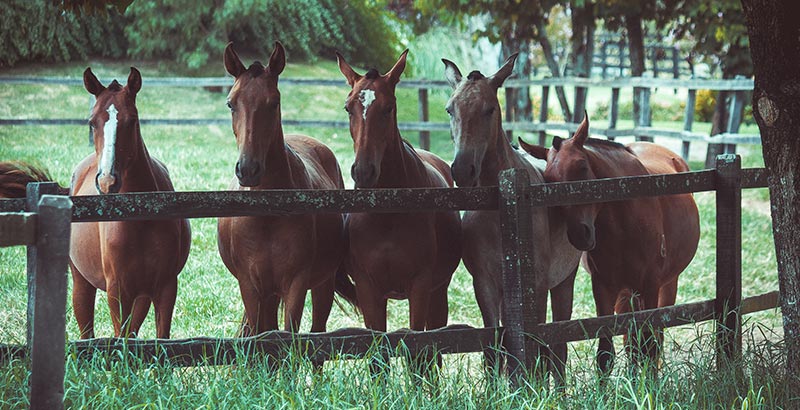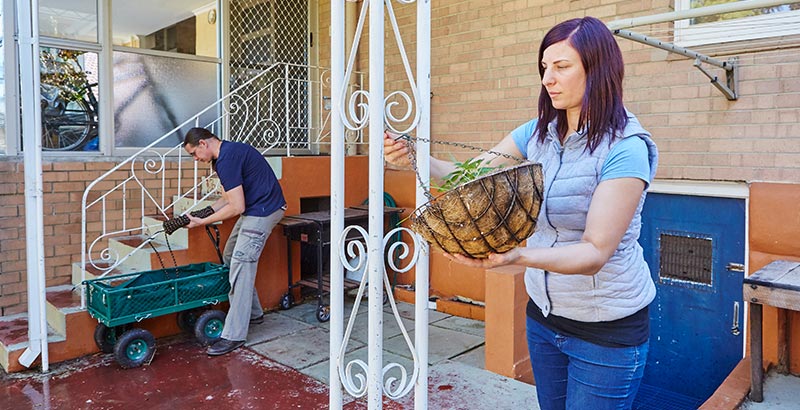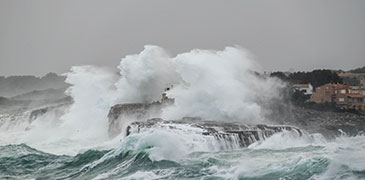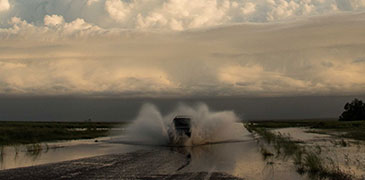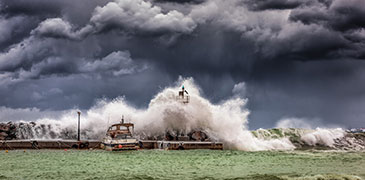If you need to move your pets to a safer place during or after an emergency, consider where you might take them. They may need to go to relatives, friends, animal boarding facilities or to a temporary animal shelter or evacuation centre which accepts animals.
When relocating your pets make sure you supply make sure that you supply:
- Sufficient non-perishable pet food for several days and feed/water bowls
- A leash, possibly a muzzle or a carry-cage, bag, or box
- Toilet litter or old newspapers
- Paper towels and disinfectant
- Bedding- blankets, towels etc.
- Comfort items - toys, treats
- Essential medications (with instructions), medical history, and vet contact details
- Allow for the special needs of some animals
- Photo of you and your pet, contact details, etc.
Regularly check your supplies are not out of date. Water should be replaced every six months.
Find out more about caring for pets in a natural disaster here.
If you don't have a pre-arranged evacuation site for your animals, head to your local council evacuation location and request further information when you get there.




